Hitting the slopes offers an adrenaline rush like no other. But as with other outdoor sports, it’s crucial to prioritise safety. In this guide, we’ll go through how to prevent injuries while skiing. This post aims to empower you with the knowledge needed for a safe and enjoyable adventure. Whether you’re a pro or not, read on and make your time on the slopes as thrilling and secure as possible!
The Common Skiing Injuries
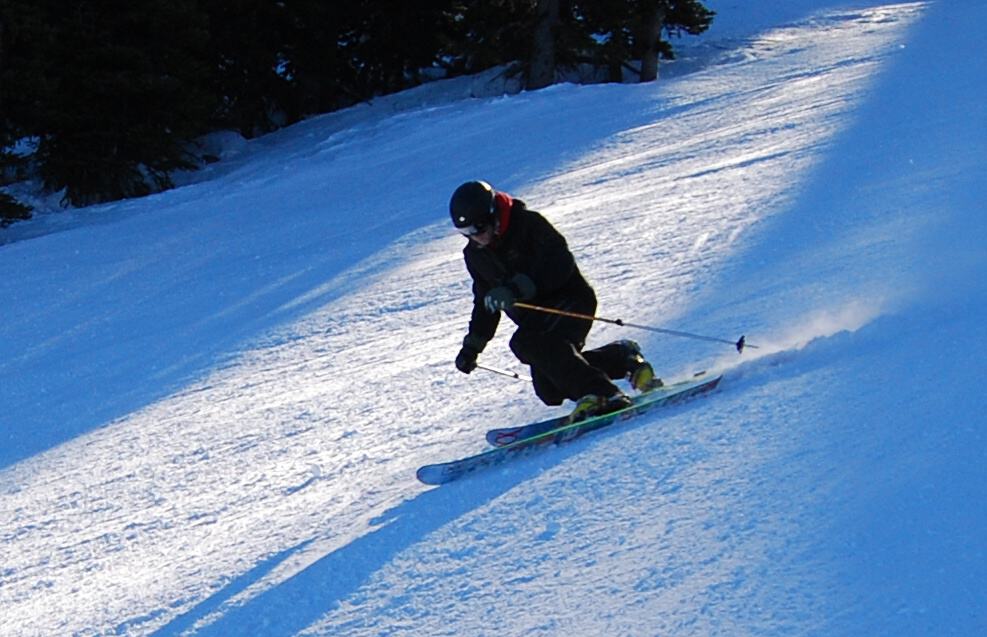 (Image Credit: Wikimedia Commons)
(Image Credit: Wikimedia Commons)
Skiing, with its breathtaking slopes and high-speed descents, comes with its share of risks. Common injuries often result from unexpected falls or collisions, including:
- Sprains: Results from sudden twists or impacts, usually affecting ligaments.
- Fractures: Occurs when the force applied to bones exceeds their strength.
- Concussions: Happens when the brain suffers trauma from a sudden blow or jolt.
Injuries can be affected by skiing speed, terrain, skill, and equipment. Recent stats show skiing accidents are a big part of winter sports injuries. The excitement can hide potential problems, so it’s crucial to grasp and reduce risks. Injuries not only affect your body but also your skiing experience. They can cause interruptions, medical costs, and even long-term issues. Skiers must understand these factors to take measures and lower the risk of getting hurt.
Preparing for Safe Skiing
To excel at skiing and stay safe, you must focus on your fitness. Do targeted exercises to strengthen key muscles for better stability on the slopes. Pay attention to your legs and core, in particular.
Before skiing, warm up and stretch to prevent strains and improve flexibility. Also, spend time picking the right skiing equipment. Boots, bindings, and skis should fit properly. The right gear improves your performance and lowers the risk of accidents. Add these to your routine to enhance your on-slope enjoyment and make safety a top priority.
Skiing Technique and Skill Development
Mastering skiing involves understanding the basics of proper techniques. This is crucial for beginners and seasoned enthusiasts alike. Start with maintaining a balanced stance and using the correct posture. As you progress, delve into advanced manoeuvres tailored to navigating different terrains. Learn how to carve through groomed slopes and handle bumps. Most importantly, to conquer challenging landscapes with confidence.
To enhance your skiing experience, focus on maintaining control and balance on skis. This involves distributing your weight effectively. Moreover, adjusting body position and utilising ski edges for precision. Regular practice contributes to improved confidence and enjoyment on the slopes. It will elevate your skiing prowess and make each descent a thrilling adventure.
Safety Gear and Equipment
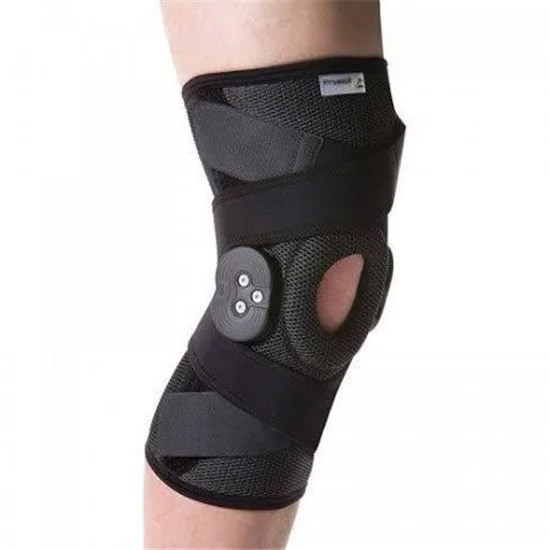
Ensuring your safety on the slopes begins with an understanding of essential gear. Helmets, goggles, and gloves form the cornerstone of protective equipment. The helmet shields you from potential head injuries. The goggles provide enhanced visibility; the gloves safeguard your hands from the cold.
Emphasising the importance of high-quality equipment cannot be overstated. It not only enhances performance but also minimises the risk of malfunctions. Regularly check your bindings, edges, and other parts to keep everything working smoothly. This is crucial for optimal performance and safety.
In addition to the basics, consider incorporating extra protective gear. For one, knee braces deserve a spot in your skiing ensemble. These sports braces provide crucial support and stability, particularly in challenging terrains. There are various types available, including:
- prophylactic braces for injury prevention
- functional braces for support after an injury
Tailoring your gear to your specific needs adds an extra layer of precaution. This also ensures you’re well-equipped for a safe and enjoyable skiing experience.
Weather and Terrain Considerations
Weather conditions are crucial for skiing safety, affecting visibility and snow. Understand these impacts for a secure skiing experience. Adapt to terrains like steep slopes or moguls by adjusting your control technique. Guidelines for skiing in different snow allow you to make informed decisions about speed. From powder to packed snow, knowing how each type behaves helps. Weather and snow conditions can change quickly. So, always stay informed and adaptable for a prepared skiing experience.
Following Resort Rules and Guidelines
Adhering to resort rules and guidelines is paramount for a safe skiing experience. These regulations are designed to protect both skiers and the mountain environment. Familiarise yourself with the speed limits, designated trails, and etiquette. Understand trail difficulty ratings to select slopes that match your skill level. Green, blue, and black diamond markings signify easy to advanced terrains. These signages help you make informed choices for a secure ride.
Responsible skiing behaviour is equally crucial for the well-being of all slope enthusiasts. Yield to downhill skiers, be mindful of your surroundings and avoid erratic movements. Furthermore, maintain control to prevent collisions. And respect the environment by disposing of waste properly.
By following these tips, you not only stay safe but also help create a friendly skiing community. Everyone can enjoy the slopes responsibly and share the thrill of skiing!
Round-up
Embrace safety for a thrilling skiing experience. Master techniques, choose proper gear, and follow resort guidelines for a safer, more enjoyable time. Prioritise safety to protect yourself and contribute to a better skiing community. Gear up and hit the slopes responsibly. Let skiing be a testament to adventure with a commitment to safety.
Seeking additional gear protection? Explore our selection of sports supports, featuring knee supports, at Physioroom. Up next on your reading list: How to Wear a Knee Brace While Skiing


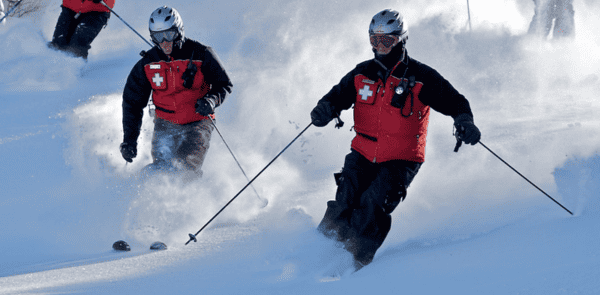
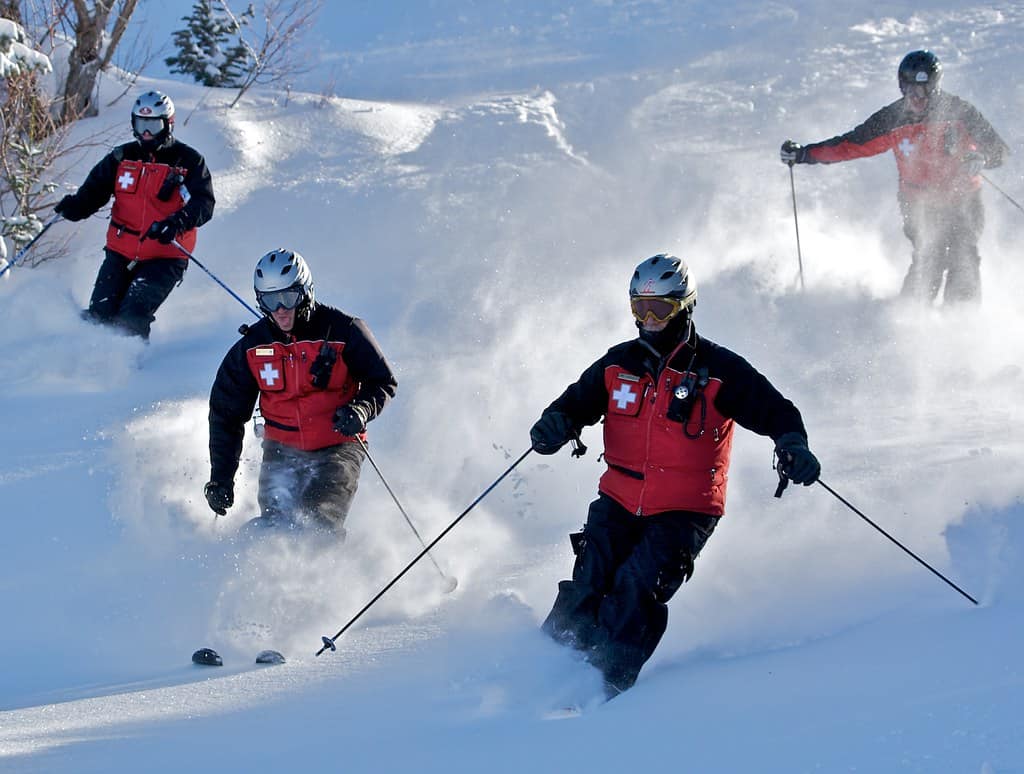 (
(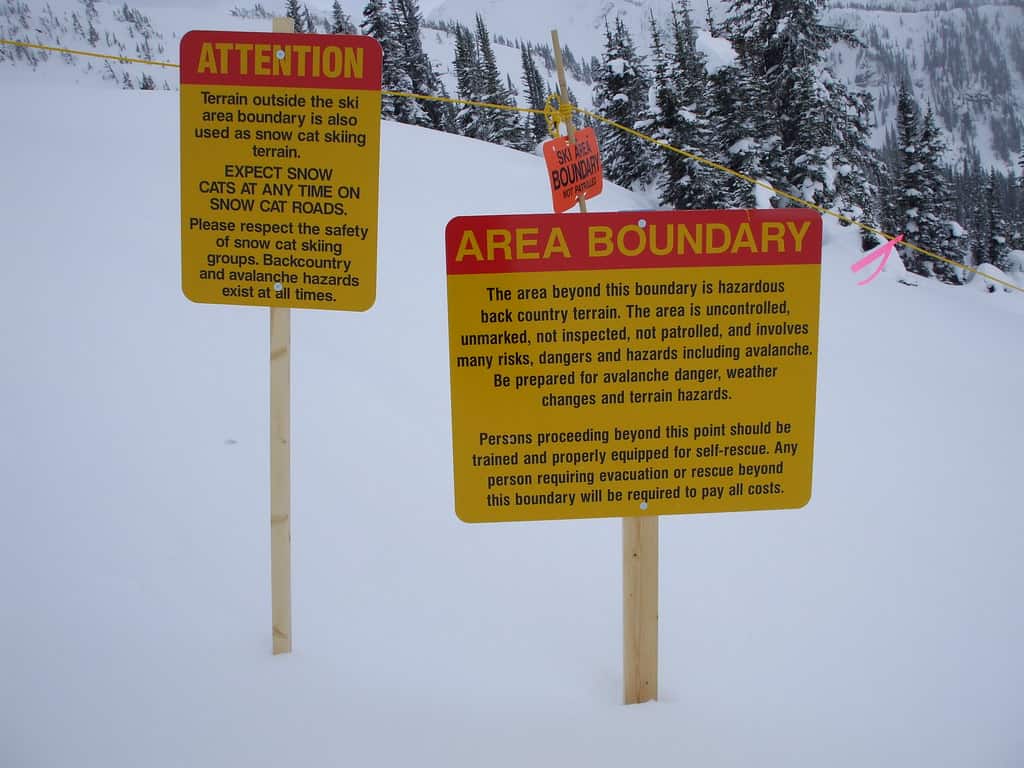 (
(